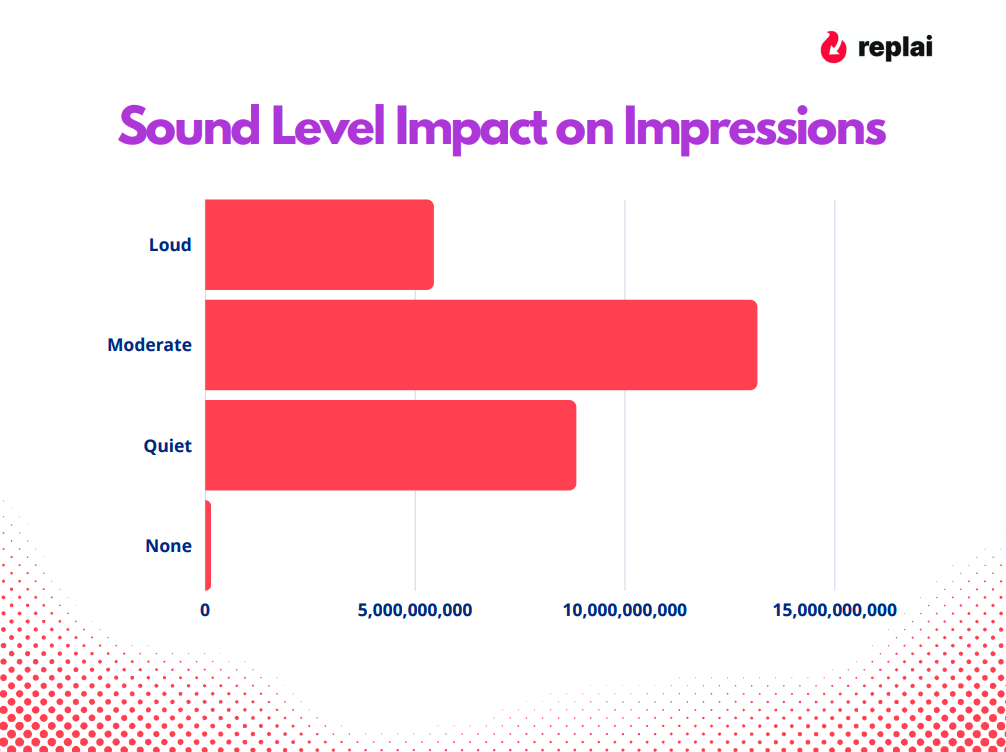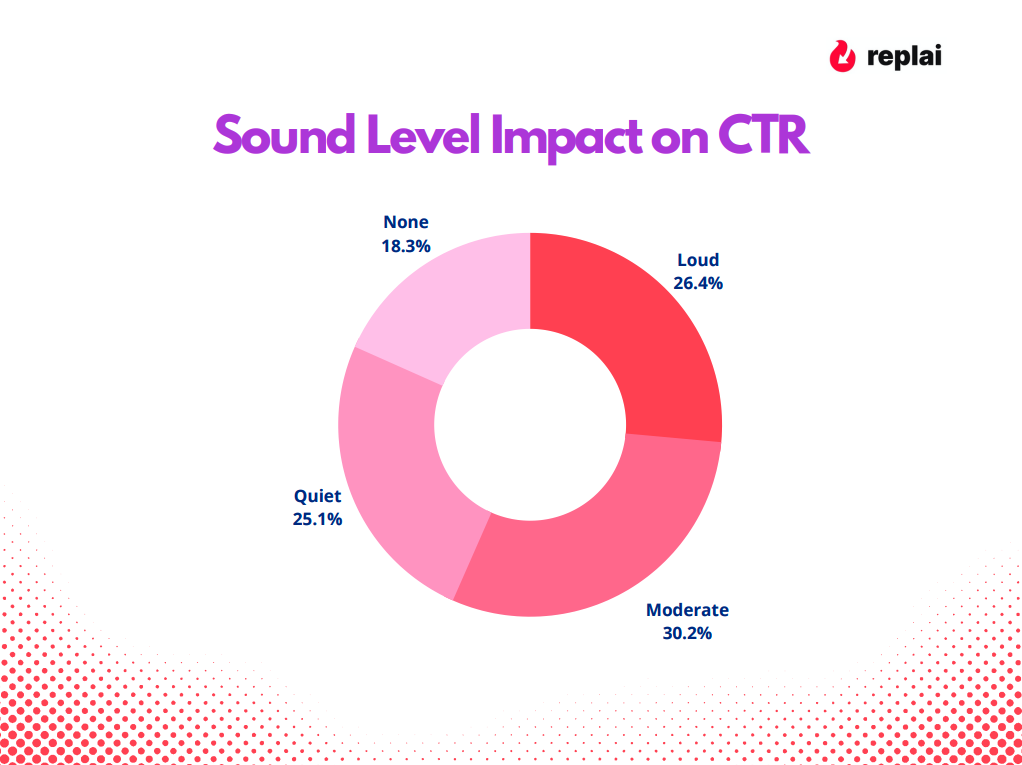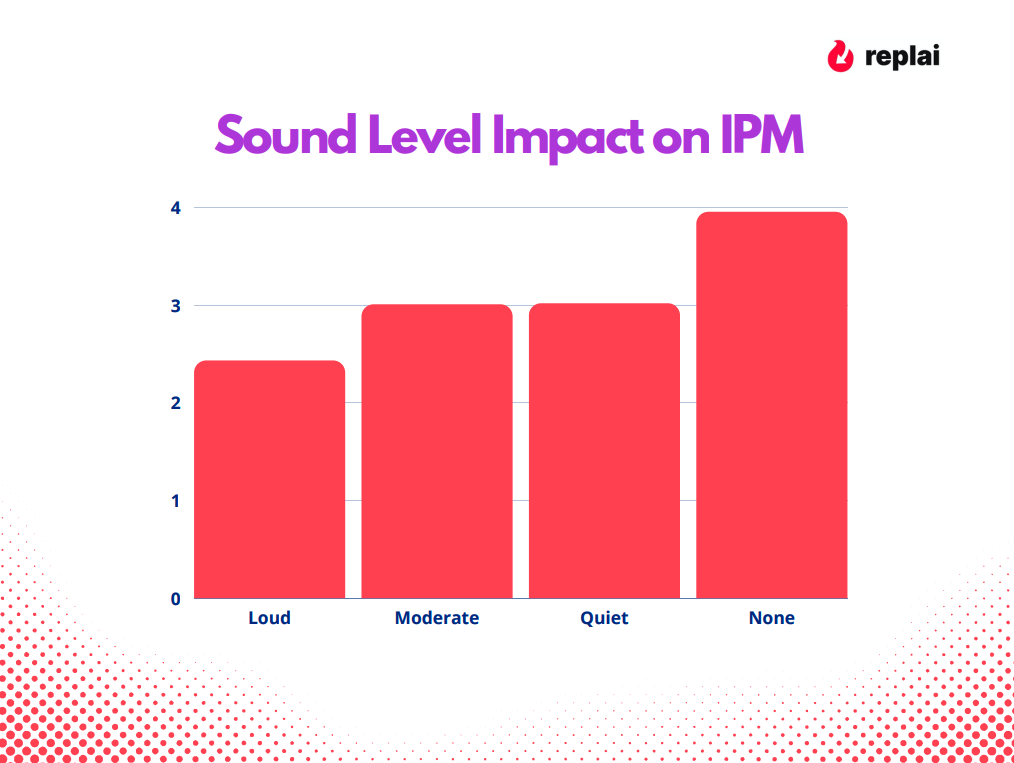Speaking Volumes: Sound Levels in Creatives & Mobile Display Advertising KPIs
It’s common knowledge that mobile is the default means of surfing the web. This is largely due to the adoption of smartphones by the general population and in no small part thanks to the millennial audience. With over 51% of web traffic being mobile, it isn’t surprising that a large majority of advertising revenue goes toward handheld users. However, while the opportunity to reach said users is considerable, the approach being taken by advertisers could be better.
Having to watch advertisements during the runtime of your favorite videos already adds friction to the user experience. With ads also seeming to be getting louder and louder, it’s easy to see why viewers have constant grievances.
Our findings show us that video ads with introductions that are too loud (in particular, the first 5 seconds of the video) are particularly off-putting for viewers. While intended to pique interest, these ads are having an adverse effect, with many people closing or scrolling past them as quickly as they can. The fact that viewers are then also going out of their way to complain about these ads makes it clear that audiences are unhappy.
With traditional video advertising having such little insight into how audiences are actually interacting with ad content, it’s clear that there is plenty of room for improvement when it comes to customer acquisition and growth teams measuring the efficacy of brand messaging via mobile media.
How does sound level impact impressions?
Put simply, ad creatives are being heavily affected by sound level. The high-impact strategy that is common among advertisers is no longer working and taking a subtle approach may be the way forward. This can be seen by comparing the number of impressions between high-volume video introductions and those with moderate loudness.
The table below shows a sharply contrasting difference in viewers’ impressions, whereby the loudest intros have the least impressions, with moderate loudness coming out on top. This is a clear example of how counter-intuitive volume-boosted creatives are, despite what might seem to be the most impactful course of action:

How does sound level impact CTR?
Much like impressions, the sound level has a clear effect on the click-through rate of ad creatives, with results in the same vein as those of impressions. The best CTR from ads with a moderate volume, contrasting with loud intros, which have the worst clickthrough rate once again. Having to reduce the volume on your phone in the event of a volume-boosted ad is, of course, an experience that alienates viewers, making them less likely to want to click-through to your offering.

How does sound level impact IPM?
The pattern seems to continue with IPM, albeit having a slight variation on volume levels. When looking at installs, it seems introductions with no sound fared the best. While we can’t quite pinpoint why a lack of sound would be so effective in this case, we can theorise that perhaps giving the viewer more time to concentrate somehow encourages app installations. Again, loud intros cause installations to nosedive, with the lowest number of installations caused by high-volume creatives. The contrast in sound is especially apparent when it comes to onboarding new users.

Where are brands spending their ad budget?
As you may have expected, brands’ budgets are being exhausted on these high-volume ads. This is unfortunate, as the results above clearly show the contrary. As well as spending money on volume-boosted creatives, ads that have no sound – such as the ones best for IPM conversions – are having little spent on them.
Looking at how ad spend is spread across these different creatives, we think the best way to get the most leverage out of ads is to find a suitable middle ground. Ads with a moderate volume are performing the best, and brands would do well to capitalise on this. The shift to moderate-volume ads would undoubtedly also allow brands to get more out of their marketing budget, as higher performance would naturally improve the cost-per-bid.
Glossary of Advertising KPIs
Impression
An impression is a singular view of an ad served to a user on a publisher’s app or website. Every time a user views an ad, it is counted as one impression. An ad served can be seen multiple times by the same viewer. In essence, this means that impressions will not usually reflect the number of people that have seen your ad, especially if an ad has been running a while and has been seen multiple times by viewers. Impressions are often measured in CPM, or ‘Cost per Mille’ (mille being Latin for ‘thousand’).
Install
An install is when a user successfully installs your game (or app) after clicking on one of your ads. Measuring installs are important for ad campaigns that are focused on growing an app’s user base; this metric can also be cross-referenced with the Install Rate to further track the success of an ad download campaign.
IPM
IPMs, or ‘Installs Per Mille’ is a measurement of how many installs per thousand people are received from an ad. Looking at IPM can give you a greater sense of a campaign when looking to scale.
Click
When someone clicks on an ad, it counts as one ad click. Clicks can be within mobile search ads, display such as banners or text ads on webpages. Clicks are also referred to as conversion events, as they represent actions taken by users after being shown an ad by brands. Like impressions, clicks aren’t limited to one per person.
CTR
The click-through rate is the number of clicks an ad receives divided by the number of times it has been served. Looking at the CTR is a good way to help you measure how well an ad is performing. A high CTR means that people are interested in what you’re selling, while a low CTR could mean that your ad is irrelevant to the people seeing it (or that the creative is lacking).
Summary
As is apparent from the finding above, sound level clearly impacts ad performance, but the results are a little more nuanced than you may have expected.
We can see that keeping audio levels consistent with what consumers expect from their devices is going to help tremendously when it comes to how ad creatives are received. We recommend that brands finding it difficult to decide on the correct volume level for ad creatives should exercise caution and go for a quieter intro rather than one that is extremely loud. Creative teams should avoid relying on sound to garner attention, and perhaps look to other elements of your creative to get your audience to stop scrolling.
For more in-depth insights into your businesses creative performance, book a demo with Replai today.